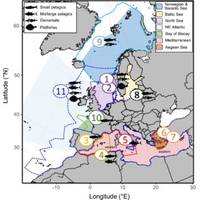
PML: How Climate Change Will Alter European Fish Distribution
support from:Mediterranean Institute for Advanced Studies (IMEDEA, CSIC-UIB), Esporles, SpainWageningen Marine Research, Wageningen University and Research, IJmuiden, the NetherlandsTechnical University of Denmark, National Institute for Aquatic Resources, Kongens Lyngby, DenmarkNippon Foundation Ocean Nexus, School of Resource and Environmental Management (REM), Simon Fraser University (SFU), Burnaby, British Columbia, CanadaHellenic Centre for Marine Research (HCMR), Anavyssos, GreeceInstitute of Marine Research (Havforskningsinstituttet) (IMR), Bergen, NorwayDECOD (Ecosystem Dynamics and Sustainability)
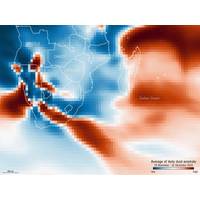
South African Drought Dust Fueled Record Ocean Bloom
to the Americas and that when these particles settle on land or in the ocean, they deliver essential nutrients that may boost plant and marine life growth.However, the relationship between desertification, dust emissions and ocean fertilisation has been poorly understood. The new study, published in PNAS Nexus, marks a significant step in unravelling these connections. The scientists worked through the European Space Agency’s (ESA’s) Living Planet Fellowships Poseidon and Pyroplankton.Lead author, John Gittings, from the University of Athens, says, “In addition to satellite data from
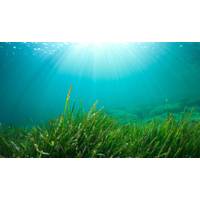
Funding Awarded for Five Projects that Study Ocean Systems in a Changing Climate
life and the coastal communities that rely on fishing, and what the consequences are regionally and globally.Ocean Margins Initiative (OMI). Led by: Amala Mahadevan (Woods Hole Oceanographic Institute), Melissa Omand (University of Rhode Island), and Edem Mahu (University of Ghana)Ocean margins—the nexus between land and ocean —are biologically productive regions but poorly represented in climate and carbon cycle models. To improve global carbon cycle projections, OMI is building an observation and modeling system for the Gulf of Guinea, capable of capturing how coastal upwelling—the
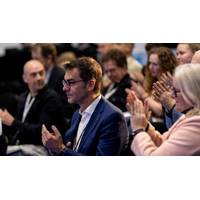
Speaker Line-Up for Catch the Next Wave’s Return at Oi24
at the ocean technology and marine science exhibition and conference at London’s ExCeL from 12th to 14th March.Taking place on the final day of a diverse Oi conference program, CTNW is restored to the event agenda for the sixth time with a special edition focusing on innovation at the ocean-climate nexus.A high-profile and inspirational list of industry-leading specialists from within and outside of the ocean community will take to the stage to tackle the issues and explore the solutions and options arising from the climate and biodiversity crisis.Among the highlights is an opening keynote,
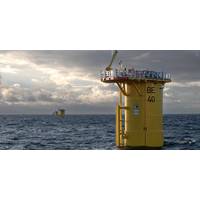
Van Oord Wraps Up Cable Installation at Iberdrola's Offshore Wind Farm
by Van Oord with the installation of the transition pieces.Van Oord performed the installation in two campaigns with Spliethoff’s Brouwersgracht and Jumbo’s Fairplayer, the Netherlands-based offshore engineering and services provider informed.Recently, Van Oord’s cable-laying vessel Nexus successfully completed the installation of the inter-array cables.These cables are used for connecting the offshore wind turbines and transmitting electricity. Trencher Dig-It - a remotely-operated vehicle (ROV) – buried the inter-array cables to the required depth.The Dig-It has been customized

Van Oord Completes Offshore Wind Farm Install
of the wind farm in October 2022 and completes its scope now within the year, making this one of the fastest installed wind farms of its kind. Van Oord deployed amongst others its flexible fallpipe vessels Bravenes and Nordnes, offshore installation jack-up vessel MPI Resolution, cable-laying vessel Nexus and trencher Dig-It and teamed up with other industry partners DEME, Seajacks and Cadeler.
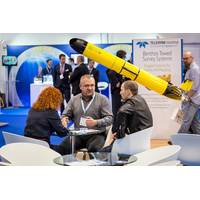
Discover the Future of Ocean Tech: Oi24 Event Registration Now Live
sparking new thinking and ideas across disciplinary boundaries and between sectors. The special edition at Oi24 will focus on the climate and biodiversity crisis. It will take a futuristic look at how key areas of rapidly evolving technology might contribute to innovative solutions at the ocean-climate nexus, helping to achieve net zero and beyond, at the same time as supporting the restoration of the Earth’s essential biodiversity and ecosystem services. Topics include: The Energy Transition; Climate Repair; Protecting the Earth’s Living Systems; Innovating the Ocean Economy of the Future
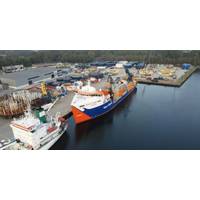
Van Oord Set to Kick Off Cable Installation for Iberdrola's Baltic Eagle Offshore Wind Farm
installation vessel Svanen completed installation of all fifty monopiles for Iberdrola Deutschland’s Baltic Eagle offshore wind farm, Van Oord now continues installing transition pieces and starts cable installation. This week the inter-array cable loading onto Van Oord’s cable-laying vessel Nexus has commenced," Van Oord said Wednesday.In total, Van Oord will install approximately 70 kilometers of 66kV inter-array cables, manufactured by subcontractor TKF. To protect the cables, Van Oord will deploy its trencher Dig-It later this year to bury them. This Tracked Remotely Operated Vehicle
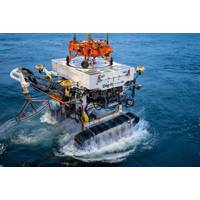
Van Oord Installs 140km of Inter-Array Cables at Hollandse Kust Noord Offshore Wind Farm
in total.The offshore wind farm is located 18.5 kilometers off the coast of the Netherlands, near the seaside resort of Egmond aan Zee.Van Oord designed a 66kV inter-array grid for the Hollandse Kust Noord offshore wind park and Dutch manufacturer TKF (Twentsche Kabelfabriek) supplied the cables. The Nexus cable laying vessel, equipped with a large 5,000-ton cable carousel, installed the inter-array cables. Trencher Dig-It subsequently buried the cables to the required depth of between 1.0 and 1.5m. "The Dig-It, a Tracked Remotely Operated Vehicle (TROV), can be used for burying cables


 February 2025
February 2025





